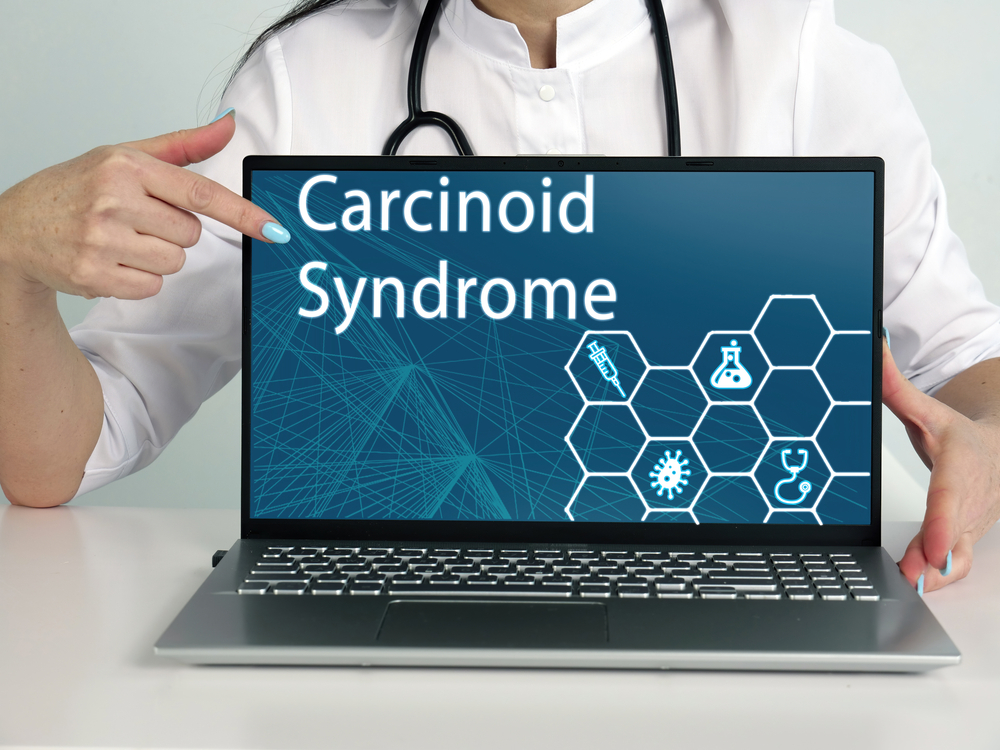Malignant Carcinoid Syndrome develops when a rare malignant tumor known as a carcinoid tumor secretes particular chemicals into your circulation, resulting in a range of indications and symptoms. A carcinoid tumor, a form of neuroendocrine tumor, is most commonly seen in the gastrointestinal system or the lungs.
Carcinoid syndrome is most common in persons who have advanced carcinoid tumors. Furthermore, this syndrome is often treated by managing cancer. Carcinoid syndrome is generally treated by treating malignancy.
However, carcinoid tumors often don’t display any symptoms until they progress in the later stages. Hence, having a cure for it may still be unachievable for now. Nevertheless, there are certain medications that can be used to alleviate its symptoms and make you more comfortable.


